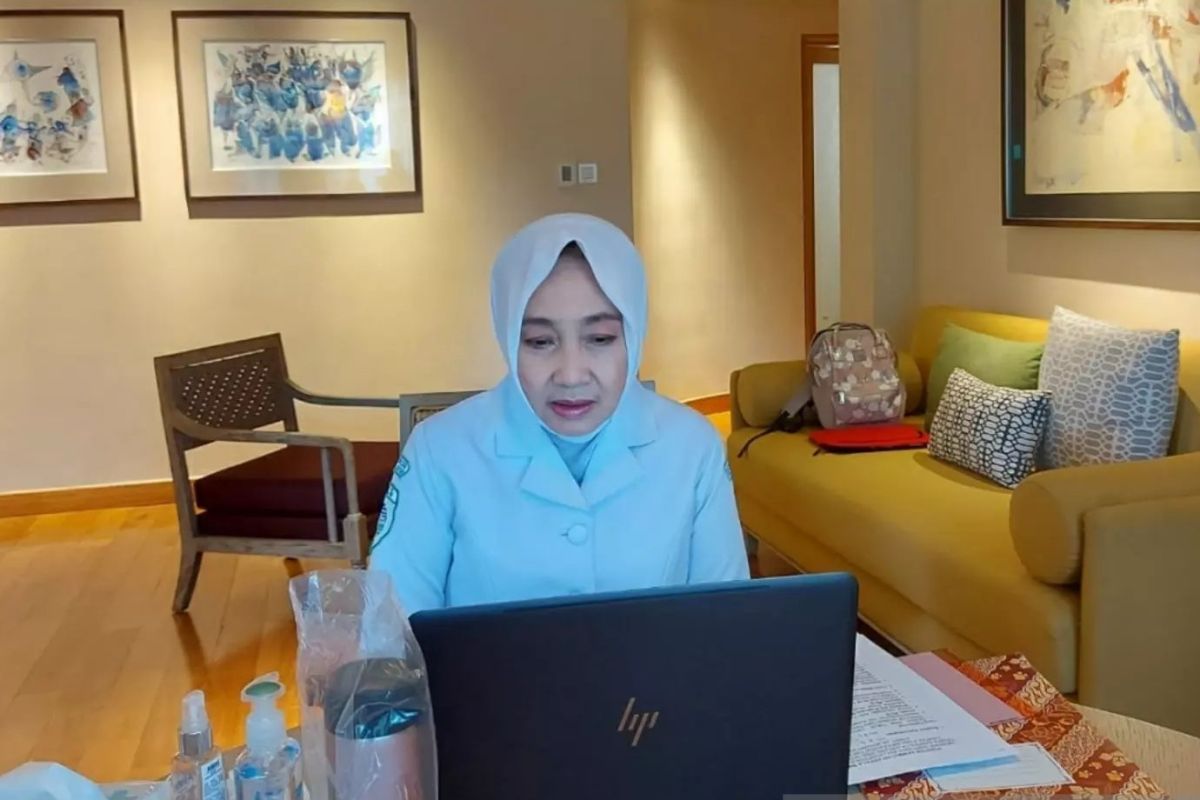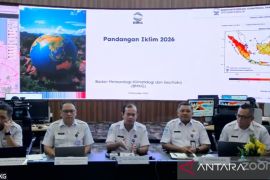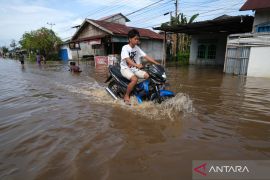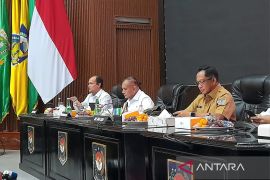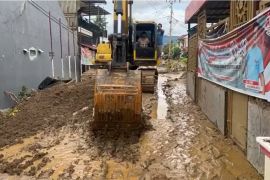It is not an earthquake that causes casualties or injuries in every incident. On the contrary, it was the result of a building tumbling downJakarta (ANTARA) - The poor concept of buildings and spatial planning for residential areas indicate that the public is ill-prepared to face disasters, according to the Meteorology, Climatology and Geophysics Agency.
"It is not an earthquake that causes casualties or injuries in every incident. On the contrary, it was the result of a building tumbling down," Head of the Meteorology, Climatology and Geophysics Agency (BMKG) Dwikorita Karnawati noted in a written statement here on Saturday.
Karnawati remarked that the dynamics of erratic seismicity, combined with the inappropriately designed spatial layout of settlements, which were not so adaptive to disasters, could worsen the condition for the public when the earthquake hits.
Based on the agency's research, the causes of a building collapse were its location above the soil layer that is classified as soft as well as the construction of buildings that failed to meet the earthquake-resistant standards.
Related news: SE Sulawesi's five districts projected to receive heavy rains: BMKG
For instance, the 6.6-magnitude earthquake that caused tremors in Pandeglang District, Banten, on Friday, January 14, caused severe damage to buildings.
It was then exacerbated by public panic due to the lack of knowledge and skills to anticipate and deal with disasters.
Karnawati deemed Indonesia was ill-prepared to face a major earthquake that could strike at any point in time. To this end, planning and development concepts were crucial for addressing potential risks, impacts, and hazards of the disaster in an area.
"The (stereotypical) panicky public brings its own message, especially for stakeholders, professional building associations, and related ministries, regarding the need to understand an area or space, especially those that could become affected areas," he asserted.
Related news: 6.6-M Banten quake lesson on disaster preparedness: BMKG
Karnawati deemed it necessary to make continued improvements through the active participation of one and all to build awareness and preparedness as well as to foster efforts to mitigate earthquake and tsunami disasters in both the structural and cultural scope.
She pressed for the participation of the Association of National Construction Experts in solving the problem by disseminating and promoting the need to impose stricter regulations in constructing earthquake-resistant buildings in areas or zones at risk of earthquakes.
“I expect that the Association of National Construction Experts can work together and collaborate in providing positive recommendations to local governments, so that they can be immediately integrated into concrete policies. One needs to bear in mind that disaster mitigation measures and systems are the authority and responsibility of regional or city governments in accordance with Home Affairs Ministry's Regulation Number 101 of 2018," Karnawati concluded.
Related news: Indonesia encourages ASEAN to support G20 agenda
Related news: Ensuring readiness of infrastructure ahead of 2022 Mandalika MotoGP
Translator: Hreeloita D S, Mecca Yumna
Editor: Fardah Assegaf
Copyright © ANTARA 2022
